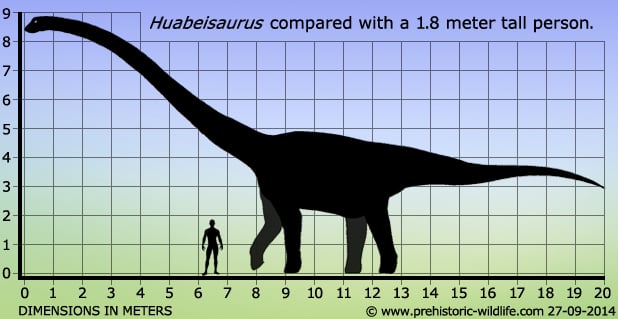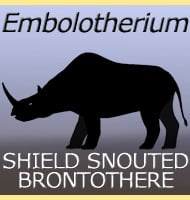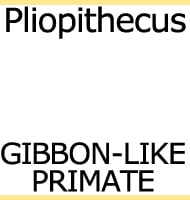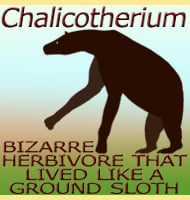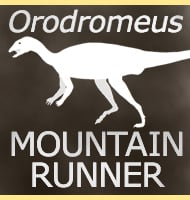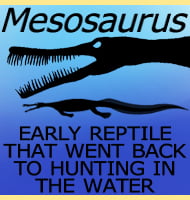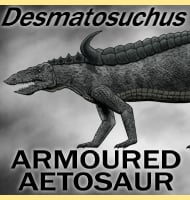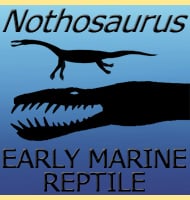In Depth
Named very early in the twenty-first century, Huabeisaurus has fast become one of the big names amongst the Asian sauropods. This is mostly because that so far Huabeisaurus is one of the most complete sauropods to come out of Asia, and this in turn has actually caused many palaeontologists to question the family classification of many Asian sauropods. This is because the three main groups of Asian sauropods are usually classed between the Nemegtosauridae, Opisthocoelicaudinae and Euhelopodidae (named after Nemegtosaurus, Opisthocoelicaudia and Euhelopus respectively), and the former of these, Euhelopodidae is usually the family group that Huabeisaurus is assigned to.
The problem between these groups however is that they were established when there were relatively few Asian known, but now stretching from Thailand, across China and over to Japan, there are now many Asian genera of sauropods known, and the number continues to rise. One bit of knowledge gleaned from all this discoveries as that the classic family groups of Asian sauropods are not as distinctive between one another as once thought, and that it is extremely likely that in the future some of the genera assigned to these groups will be split to form new groups. In fact when the description of Huabeisaurus was first published, the original describers suggested that Huabeisaurus should be combined with the genus Tangvayosaurus to establish a new group of Asian sauropods named the Huabeisauridae. Although not taken up by other palaeontologists, the new family was again proposed in a 2013 osteology report on Huabeisaurus.
Huabeisaurus appears to have been a mid-sized sauropod dinosaur, and estimated to have attained a length of about twenty meters. However, lack of complete bone fusion on the vertebrae of the holotype indicates that the type specimen was not yet fully grown at the time of death. It’s certain that individuals of Huabeisaurus could have grown larger than this, but by how much is unknown, but probably somewhere between twenty and twenty-five meters depending upon the individual. Only the discovery of more individuals of Huabeisaurus however will allow for a confirmed upper size for the genus.
Huabeisaurus has been confirmed as living alongside dinosaurs along the lines of ankylosaurs, hadrosaurs and theropods, though many of the fossils of these from the same formation as Huabeisaurus are usually too indeterminate to identify a genus.
Further Reading
- The preliminary report on Late Cretaceous dinosaur fauna expeditions in Tianzhen, Shanxi. - Journal of Hebei College of Geology 19 (3–4): 227–235. - Q. Pang, Z. Cheng, J. yang, M. Xie, C. Zhu & J. Luo - 1996. - A new family of sauropod dinosaur from the Upper Cretaceous of Tianzhen, Shanxi province, China. - Acta Geologica Sinica 74 (2): 117–125. - Q. Pang & Z. Cheng - 2000. - Osteology of Huabeisaurus allocotus (Sauropoda: Titanosauriformes) from the Upper Cretaceous of China. - PLoS ONE 8 (8): e69375. - M. D. D’Emic, P. D. Mannion, P. Upchurch, R. B. J. Bensos, Q. Pang & Z. Cheng - 2013.
